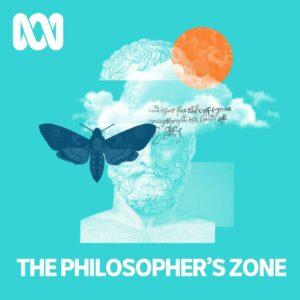
In this episode of the Huberman Lab podcast, Dr. Andrew Huberman discusses the science-based approaches to stop headaches. He explores the causes of headaches, different types of headaches, and various treatment options. Dr. Huberman provides valuable insights into understanding headaches and offers practical solutions for managing them.
The brain is protected by the dura and meninges, but an increase in the size of blood vessels within the skull can cause headaches. Inflammation and the presence of pain receptors in the surrounding tissues can also contribute to headaches. Identifying the underlying cause of inflammation is crucial for effective treatment.
Tension-type headaches are often caused by stress and lack of sleep, while migraines involve neural issues and are more prevalent in females. Hormonal headaches are linked to hormonal imbalances, and cluster headaches present with specific symptoms. Traumatic brain injury can also lead to headaches, but assessing the extent of brain damage is challenging.
Behavioral approaches, such as stress management and sleep improvement, can provide pain relief for headaches. Supplementing with creatine and omega-3 fatty acids has shown promising results in reducing the frequency and intensity of headaches. Peppermint and eucalyptus oil preparations applied to the skin can also alleviate tension headaches. Additionally, acupuncture has been used for centuries to treat headaches and pain.
Understanding the causes and types of headaches is essential for effective treatment. By implementing behavioral approaches, considering appropriate supplements, and exploring alternative treatments like essential oils and acupuncture, individuals can find relief from headaches and improve their overall well-being.